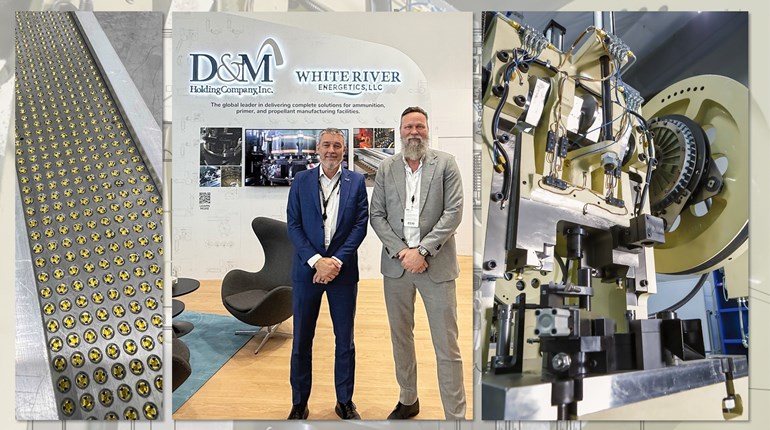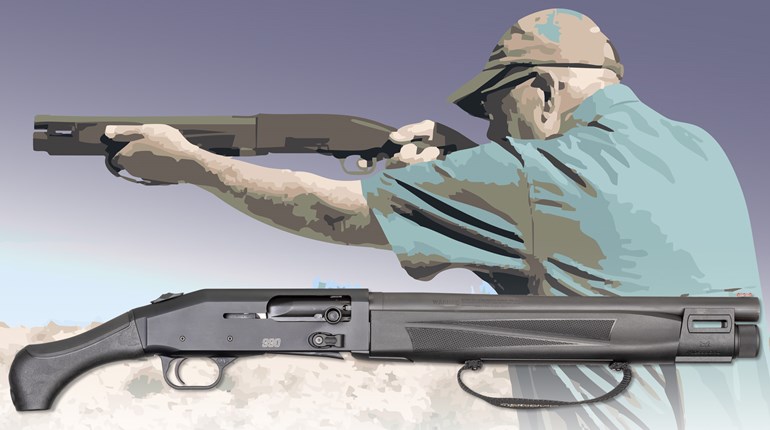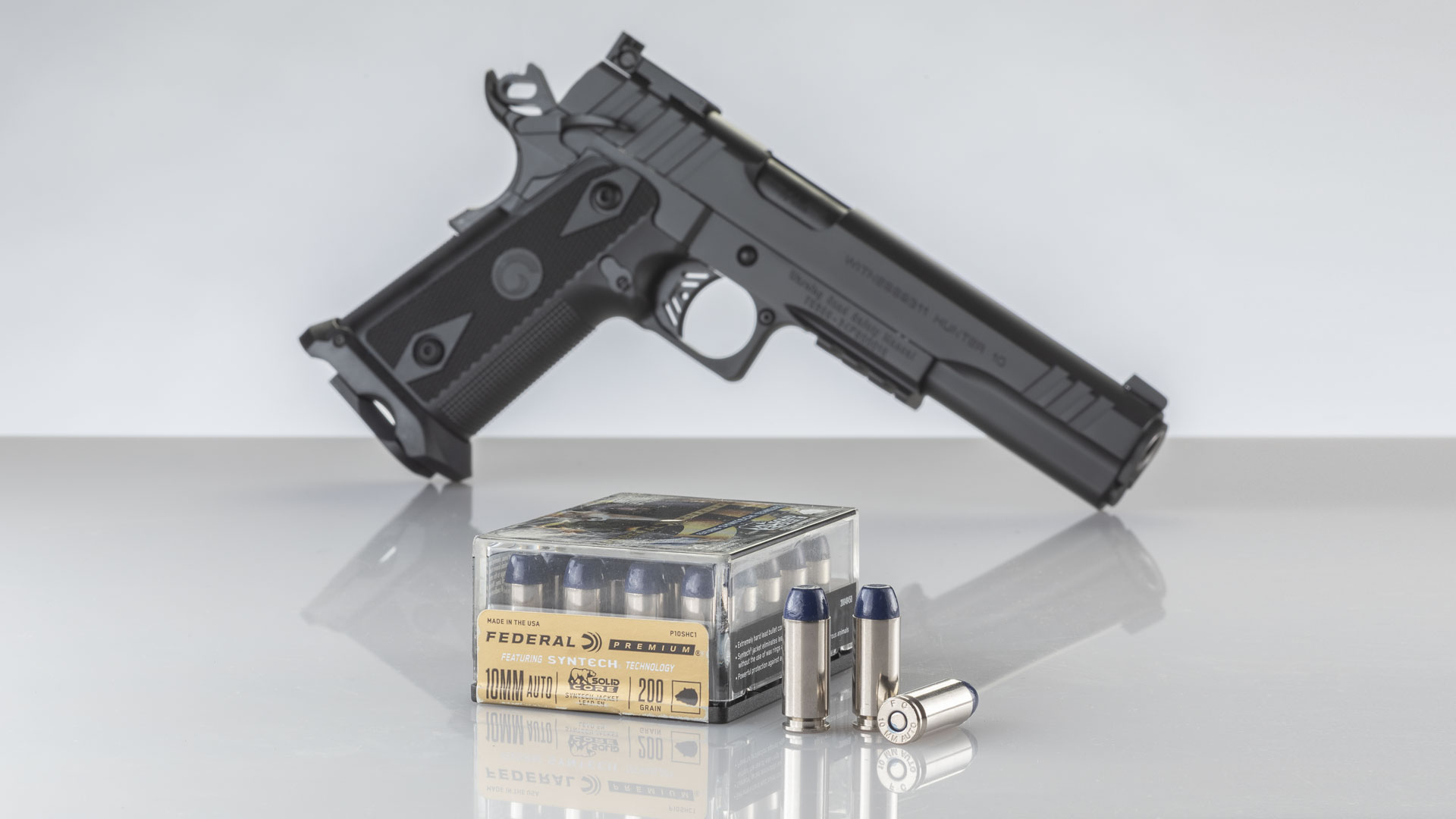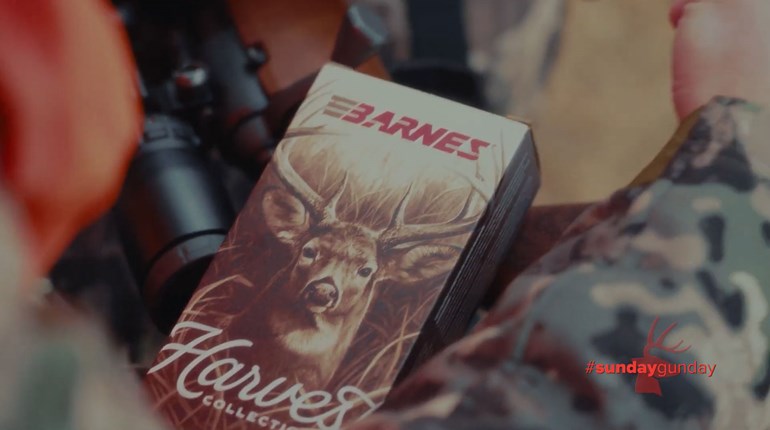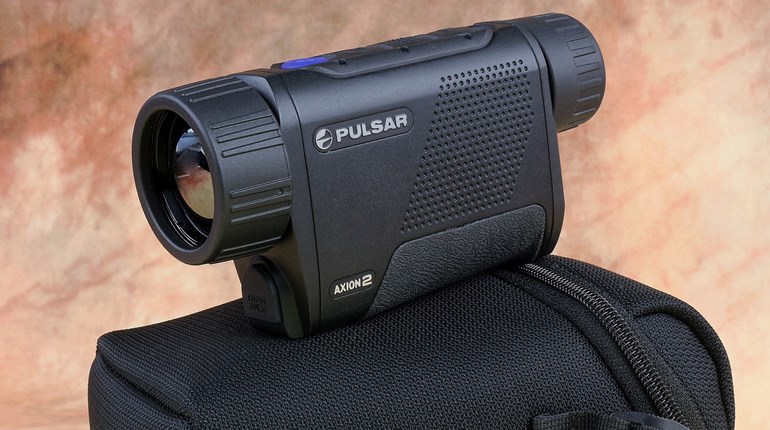
Preconceptions and mindsets are difficult to change—mine included. For instance, until a couple years ago, I selected steel waterfowl loads based upon the popular belief, “two shot sizes larger with steel than with lead,” as well as the erroneous adage, “bigger is better.” The latter, in particular, was especially detrimental when applied to the shot charge. Although said loads brought to bag many ducks and resident Canada geese through the years, untold numbers escaped the clutches of my Remington Model 870 Express Super Magnum due to poor shot shell selection.
Guiding my early shot shell purchases was misunderstandings about the medium of steel. Such is understandable, though, as the phase-in of the lead-shot ban for waterfowl hunting began in with the 1987-1988 season, and three years later it was extended nationwide. When it was outlawed, I was 10 years old; I had never fired a payload of lead pellets at decoying or passing waterfowl before doing so was banned. Unfortunately, speaking with those who had led me astray; they didn’t fully understand the characteristics of steel, either—lead and steel shot are wholly dissimilar. Here are some of the beliefs concerning shot shell selection for waterfowling prior to the lead ban.
Revisiting the Past
In The Duck Hunter’s Bible (1964), [Erwin} Bauer stated, “In a joint study with Winchester Arms, Frank Bellrose of the Illinois Natural History Survey discovered that an average of five Number 4 [lead] pellets is required to kill a mallard duck. If it is struck with less than five Number 4’s, it may become a cripple and odds are that it will never be included in anybody’s bag (p. 129).” Bauer recommended magnum-type shot shells because they had additional pellets and therefore hit the target harder; specifically, he referenced a 12-ga., 3” magnum load with 1 7/8 ozs. of No. 4s, which contained 253 pellets—essentially the equivalent of many modern turkey loads.
Contrary to this belief, in Getting the Most Out of Modern Water Fowling (1974), [John] Cartier wrote, “A No. 4 shot pattern averages 70 percent full of holes bigger than a duck’s head. But blast a load of 8’s or 7-½’s out there and you’re likely to throw a pattern so dense a good-sized fly couldn’t get through. Does it make more sense to use the lighter stuff? Try it sometime; you’ll put more ducks in the game bag that would be lost even after going through half a pocketful of No. 4s,” (p. 242). Cartier did, however, expound the virtues of No. 4s on late season migrators.
Lastly, in Duck Hunting (1953), [John] MacKentry wrote, “I know a few people who use 7½’s exclusively in the duck hunting and obtain good results. I prefer to use the heavier shot and usually place 6’s in the right barrel 4’s in the left, for the second and usually the longer shot. I also keep in my cartridge belt, in the extreme right set of loops, three or four shells loaded with 2 shot. These are used for cripples at long range and are also kept on hand in the hope that a goose may come along,” (p. 78-79).
Consistent through the aforementioned works are the use of magnum, high-velocity, or “express”-type loads, all of which feature extra pellets. Usually, in 12 gauge the shot charge weighed 1¼, 1 3/8, 1½, 1 5/8, or 1 7/8 ozs. and the largest lead pellets employed were BB, but they were in the minority; there were far more waterfowling options with No. 2, 4, 5, 6, and 7½ shot.

Created for goose hunters, this classic Peters High-Velocity waterfowling load featured 1¼ ozs. of No. BB lead shot. When legal, this was a highly effective load.
A Learning Curve
Because there exists no substantial commonalities between steel and lead, using lead-shot recipes, such as those above, with steel pellets produced abysmal results. Why? Steel weighs about a third less than lead, so when steel shot is propelled to the same velocities as lead there’s a noteworthy drop in energy (and thus effective range). The result was the undesirable wounding of birds. Moreover, although the steel loads had more shot than their lead counterparts, those pattern-filling pellets lacked the energy to penetrate to lethal depths; in shot, they were worthless. Fortunately, companies (and consumers, myself included) eventually learned from these early misunderstandings.
In an attempt to increase the lethality of low-density steel pellets, engineers and hunters began selecting larger-size pellets. This is where the “two shot sizes larger than lead” came into play. For example, if a hunter had previously used 1¼ ozs. of No. 4 lead, they switched to 1¼ ozs. of No. 2 steel. But, it’s not that clear-cut. While the steel No. 2s had similar energy levels as the lead 4s, larger shot sizes (especially in steel) complicates patterning, and the like-lead payloads couldn’t be propelled to velocities that gave lead-like performance at distance. Further considerations were necessary.
Classic waterfowling literature often expounds the effectiveness of 1¼ ozs. of magnum (high-antimony) lead No. 4s on ducks. Ballistic Products, Inc.’s Advantages Manual: 6th Edition shows that said shot charge has 169 0.130”-diameter pellets. Also from Ballistic Products, Inc., The Status of Steel:13th Edition reveals that 1¼ ozs. of steel No. 2 has 155 0.150”-diameter pellets, which is close. The approximate weights for the two pellets types are 3.24 grs. and 3.528 grs., respectively. Although these appear to be good exchanges, that’s not always the case.
For example, in the 12-ga., 2¾” shotshell the 1¼-oz. load is exceedingly slow, and from a 3” shell it’s generally no speedster, either; therefore, effective range (i.e. lethality) is compromised and leads must be increased. A 3½” load is generally required to get a 1¼-oz. load “really moving.” Reducing the shot charge to 1 1/8 ozs., for a net loss of 15 No. 2 pellets, 3” factory loads exist that can push the payload in excess of 1600 f.p.s.. Handloads can mimic these velocities, too. In a 3½” 12 ga. 1800 f.p.s. is achievable—talk about on-target energy and perforation power!
But, suppose in lieu of the steel No. 2s you use 1 1/8 ozs. of No. 3s, which has 172 pellets. Each 0.140”-diameter pellet weighs about 2.862 grs., which is slightly less than the lead No. 4s, but the extra velocity increases pellet energy and, due to their smaller size, pattern distribution will be better than if using No. 2 steel. One ounce of steel No. 3s gives you as many pellets as does 1¼ ozs. of steel No. 2s but can be propelled considerable faster for increased lethality.
In another example, a once-popular goose load of 1½ ozs. of No. 2 lead shot has approximately the same number of pellets as a 1 1/16-oz. load of No. 2 steel. Although magnum-lead No. 2s weigh about 4.86 grs. each and steel No. 2s 3.528 grs., the significantly increased velocity of the steel load helps it approximate the energy of the lead load. Due to its light weight, though, the steel pellets has a shorter lethal range. Remember this: according to The Status of Steel:13th Ed., “A healthy duck requires about three foot-pounds of energy for lethal penetration,” (p. 25).
Further, The Status of Steel: 13th Ed. reports, “Although large pellets are most effective in some specific range and game applications, it is a gross over-simplification to believe that larger pellets are always more lethal than smaller pellets for every situation. Smaller steel pellets produce smaller problems and denser patterns,” (p. 32). Very large pellets, which are most often used for geese (especially pass-shooting), create large holes in the pattern through which a bird can make it unscathed. For that reason, load selection requires balance.
Ideally, find the pellet count (payload) of the correct size pellet for the job and drive it to high velocities. Certainly study the images and recommendations on ammunition boxes, but consider what you need for your specific hunting circumstances, too. That is the key to success. For me, “ideal” equates to 1 to 1 1/8 ozs. of steel shot propelled in excess of 1500 f.p.s. and, preferably, in faster than 1600 f.p.s. At 1675 f.p.s., Winchester’s Elite Blind Side High Velocity 3”, 1 1/8-oz. steel loads match these specifications exactly. Think 1-oz. loads are too light? Ponder this: one ounce of steel shot is essentially equivalent to 1 3/8 ozs. of the same-size lead shot. Would you consider the latter to be ineffective?
A benefit of lightweight, yet highly lethal, payloads is less recoil and, for the handloader, cost savings. Concerning the former, part of the recoil equation is projectile weight; in this case, that is the shot charge. All other things being equal, a load with a lighter payload will generate less felt recoil than one with a heavier shot charge. As for saving money, lightweight, fast-moving steel loads are highly effective, thereby requiring fewer shots to bag a limit. As conservationists, it’s also preferable to have the most potent rounds at our disposal. Fortunately, ammunition companies, such as Winchester, Federal Premium, and Kent offer lightweight loads pushed to extreme velocities; remember, more, slower pellets doesn’t equate to a more lethal load—quite the contrary.
Hindsight is often said to be “20/20”; reflecting upon my past waterfowling experiences, I only wish that I had employed high-speed, lightweight steel waterfowl earlier in my hunting career. Fortunately, mindsets can be changed. Give lightweight steel loads a try and you too might have a change of mind.














